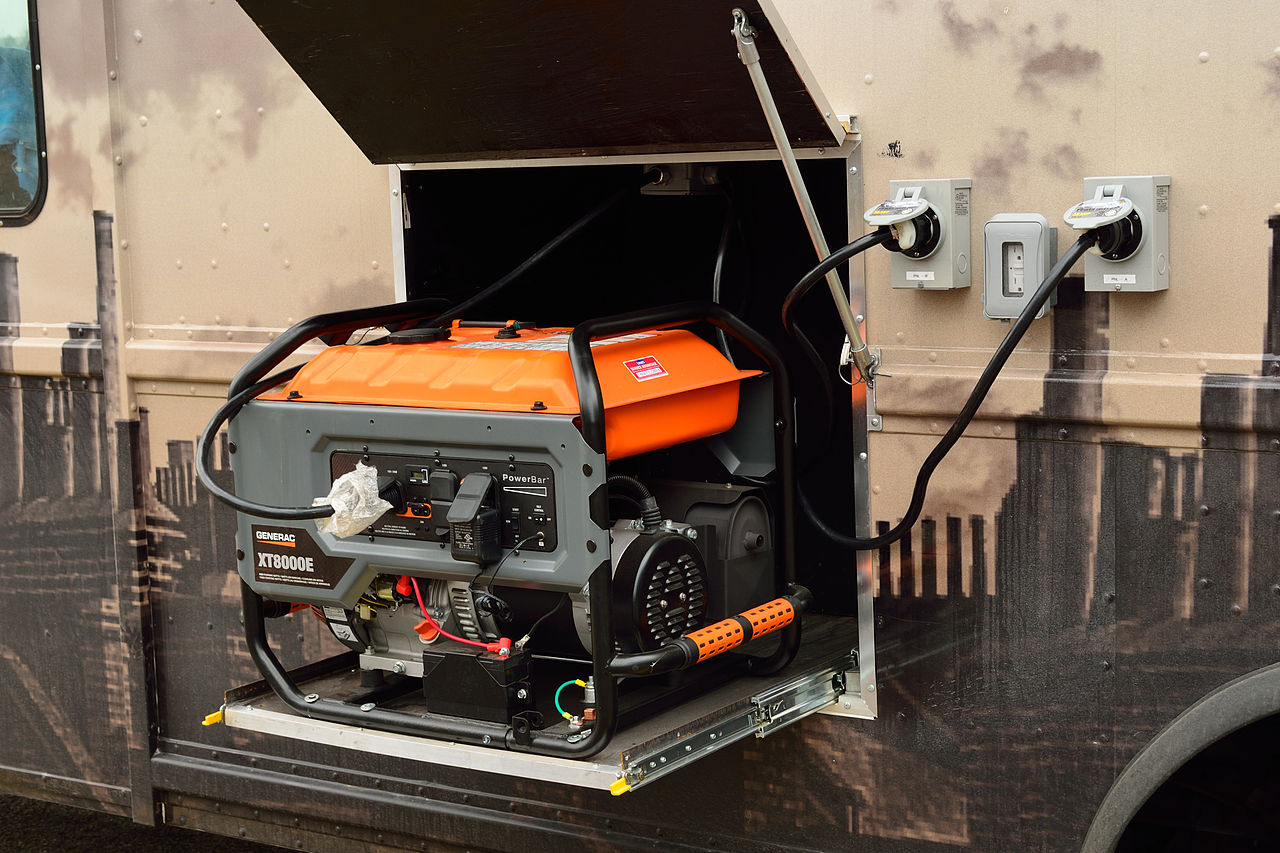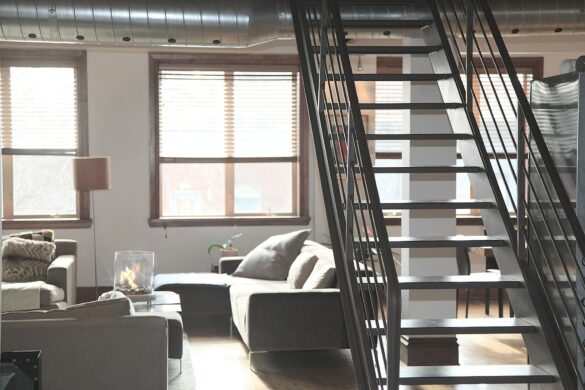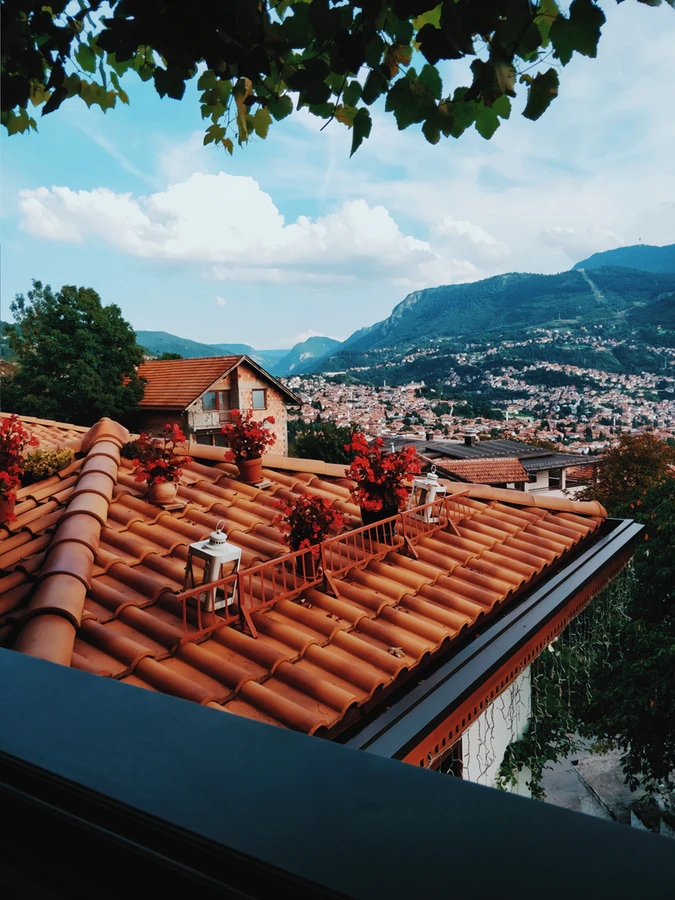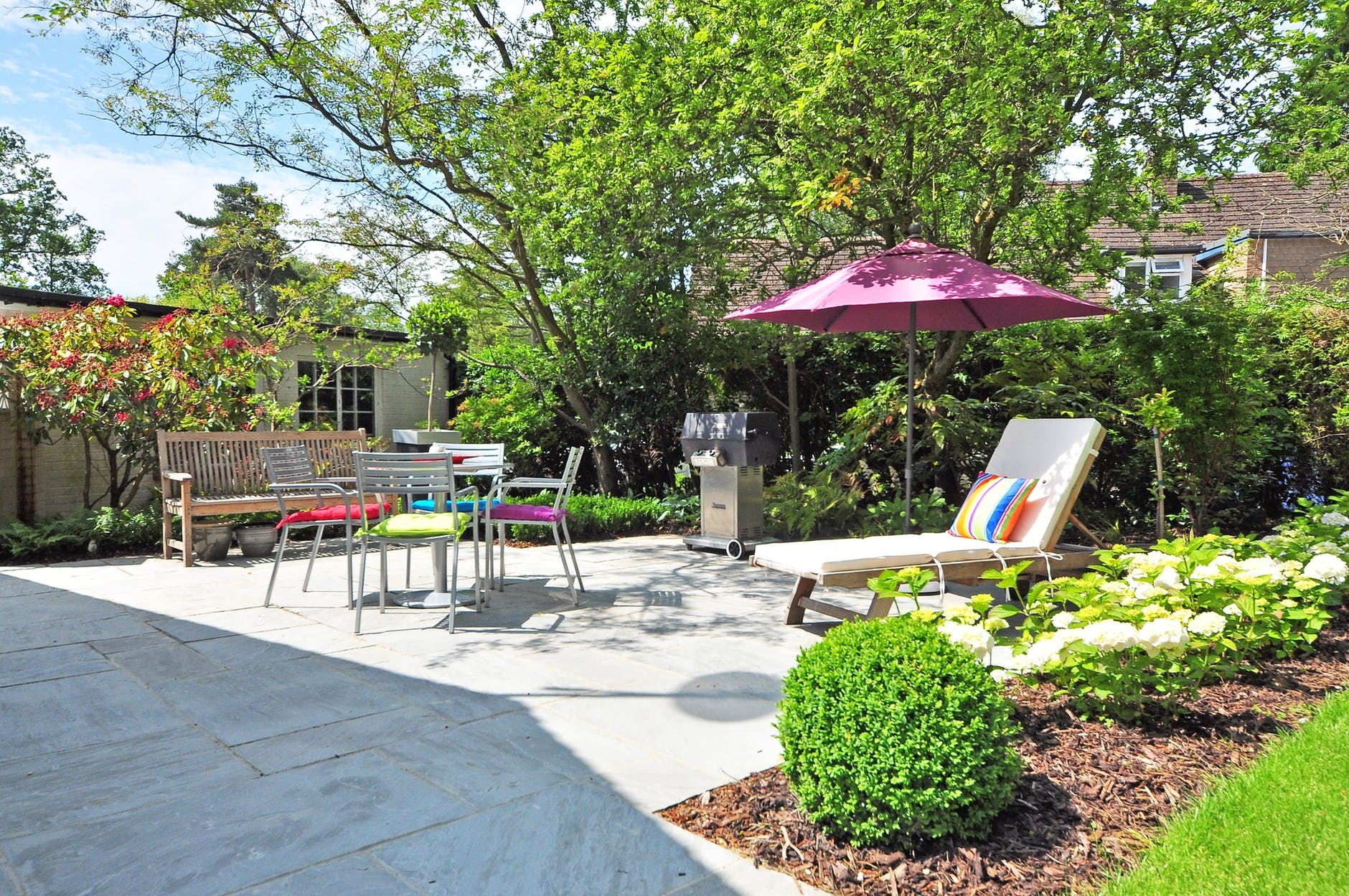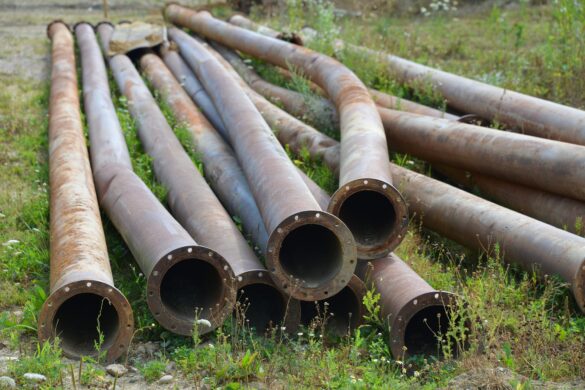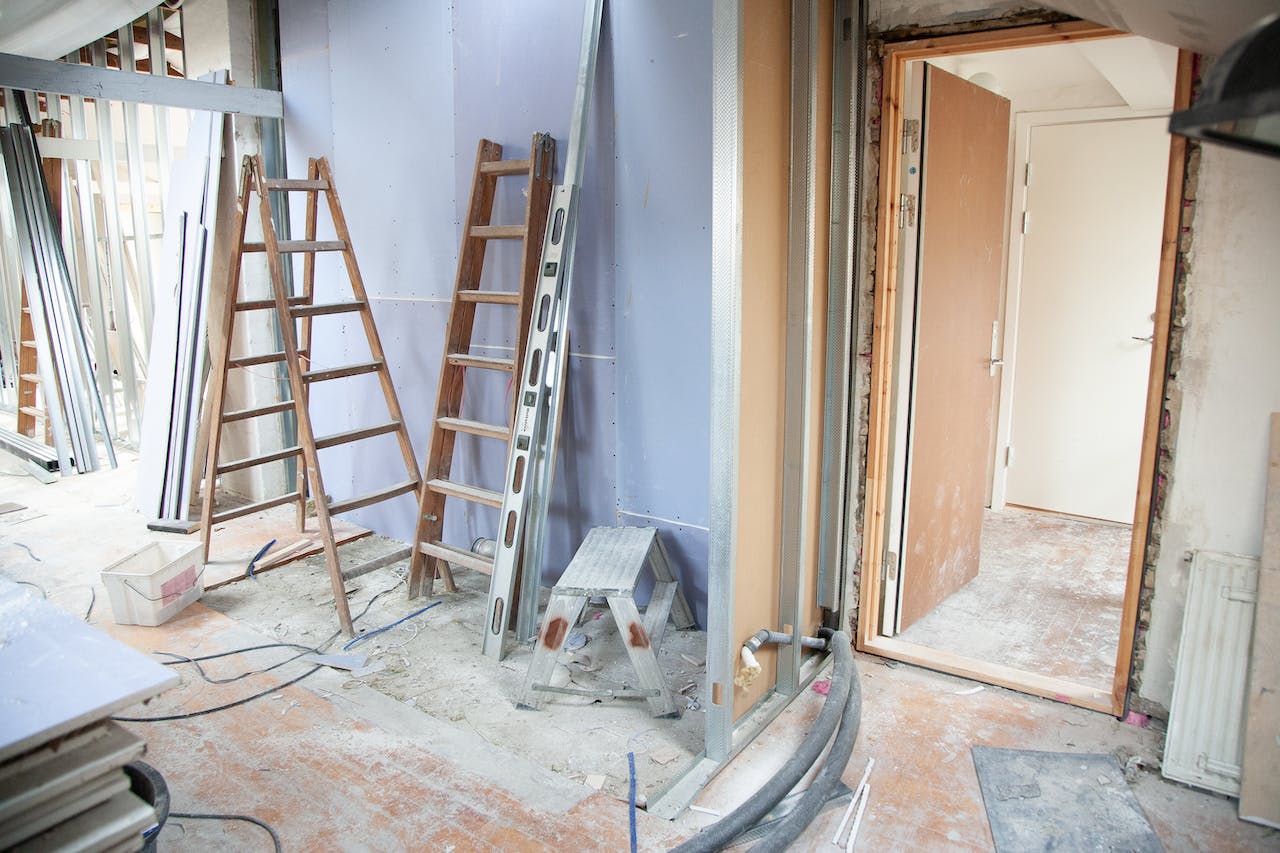 In the diverse and evolving landscapes of North Carolina, from the bustling streets of Charlotte to the quiet, scenic towns nestled in the Appalachians, homeowners often find themselves contemplating home renovations. Whether it’s a historic home in Durham or a beachside bungalow in the Outer Banks, each renovation project presents its unique set of challenges and opportunities. Understanding the dos and don’ts of home renovation is crucial in transforming your space effectively while preserving the essence of your North Carolina home.
In the diverse and evolving landscapes of North Carolina, from the bustling streets of Charlotte to the quiet, scenic towns nestled in the Appalachians, homeowners often find themselves contemplating home renovations. Whether it’s a historic home in Durham or a beachside bungalow in the Outer Banks, each renovation project presents its unique set of challenges and opportunities. Understanding the dos and don’ts of home renovation is crucial in transforming your space effectively while preserving the essence of your North Carolina home.
1. Do: Plan Your Budget Carefully
One of the first steps in a successful home renovation is creating a realistic and detailed budget. It’s essential to factor in not just the obvious costs like materials and labor, but also the often-overlooked expenses such as permits, delivery charges, and potential rent if you need to move out during the renovation. A contingency fund is also critical, as unexpected issues often arise during construction. By planning your budget carefully, you can avoid financial stress and ensure your project stays on track.
2. Don’t: Underestimate the Kitchen Remodel
The kitchen is often considered the heart of the home, and renovating it can be one of the most complex and rewarding home improvement projects. However, underestimating this task can lead to significant issues. It’s vital to consider the functionality along with the aesthetics. Working with Durham kitchen remodeling experts can help you navigate the intricacies of kitchen design, from plumbing and electrical work to choosing the right materials and layout that suit your lifestyle and needs.
3. Do: Research Contractors Thoroughly
A good contractor can make or break your renovation project. Take the time to research and vet potential contractors thoroughly. Look for professionals with experience in projects similar to yours and check their references and past work. It’s also important to ensure they are licensed and insured. Having clear, open communication from the start can help set expectations and avoid misunderstandings down the line.
4. Don’t: Ignore Local Building Codes and Permits
Ignoring local building codes and permits is a mistake that can lead to costly and dangerous outcomes. Building codes are in place to ensure safety, and not adhering to them can result in fines and problems when it comes time to sell your home. Make sure you or your contractor obtain the necessary permits and schedule inspections as required. This step is crucial in ensuring your renovation is legal and safe.
5. Do: Prioritize Structural Integrity
In the excitement of choosing paint colors and fixtures, it’s easy to overlook the less glamorous aspect of renovations – the structural integrity of your home. Addressing issues like a leaky roof, unstable foundations, or outdated electrical systems should take precedence over cosmetic updates. These repairs may not be as visually satisfying initially, but they are crucial for the safety and longevity of your home. In some cases, consulting with a structural engineer might be necessary to ensure your home is sound.
6. Don’t: Follow Fads Blindly
While it’s tempting to jump on the latest design trend, remember that home renovations are a long-term investment. Trends come and go, and what’s in vogue today may look dated in a few years. Instead, aim for a balance between contemporary and timeless design. Consider your personal style and the overall character of your home when making design choices. This approach ensures your home remains stylish and relevant for years to come, avoiding the need for frequent updates.
7. Do: Consider Energy Efficiency
Incorporating energy-efficient features into your renovation is not only beneficial for the environment but can also lead to significant cost savings over time. Consider installing energy-efficient windows, adding extra insulation, or upgrading to energy-efficient appliances. These improvements can reduce your home’s carbon footprint and lower your utility bills. Additionally, some energy-efficient upgrades may qualify for tax credits or rebates, further increasing their long-term value.
8. Don’t: Overlook Ventilation and Lighting
Good ventilation and lighting are essential for creating a comfortable and healthy home environment. Poor ventilation can lead to moisture problems and affect indoor air quality, while inadequate lighting can make spaces feel cramped and unwelcoming. When renovating, consider ways to enhance natural light and improve airflow. This could mean adding larger windows, installing new ventilation systems, or incorporating skylights. These elements not only improve the functionality of your home but also contribute to its overall appeal.
9.Do: Focus on Quality Materials
Using high-quality materials in your renovation is crucial for ensuring the longevity and durability of the work. While it might be tempting to cut costs by choosing cheaper materials, this can lead to more expenses in the long run due to maintenance and replacements. Invest in materials that are not only aesthetically pleasing but also robust and long-lasting. This principle applies to everything from flooring and cabinetry to hardware and paint.
10. Don’t: Rush the Process
Renovations can be exciting, but rushing through the process can lead to mistakes and oversights. Take your time in planning and executing each stage of your project. Ensure that each phase of the renovation, from demolition to finishing touches, is given the attention it deserves. Rushing can lead to poor workmanship, overlooked details, and ultimately, dissatisfaction with the final result.
Conclusion
Embarking on a home renovation can be a daunting but rewarding journey. By following these dos and don’ts, you can navigate the complexities of remodeling with confidence. Remember, successful home renovation is about balancing practicality with aesthetics, investing in quality, and staying true to your personal style and the character of your home. With careful planning and execution, your renovated home can offer comfort, style, and functionality for many years to come.

